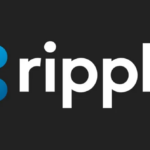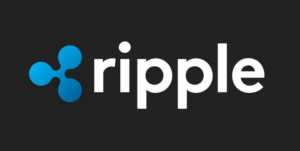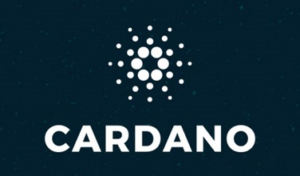XRP Excels Over Bitcoin with Faster Speed, Lower Costs, and Improved Sustainability

XRP, the digital asset developed by Ripple, aims to rectify various issues in Bitcoin, as stated by Ripple co-founder Chris Larsen. Problems such as slow transaction processing, high energy consumption, and limited scalability led to the creation of the XRP Ledger (XRPL) by engineers David Schwartz, Jed McCaleb, and Arthur Britto. This ledger was specifically designed to offer a faster, more scalable, and sustainable alternative to Bitcoin in terms of digital payments. The project, known initially as “Ripple,” was introduced in June 2012 with a vision of handling 1,500 transactions per second, surpassing both Bitcoin’s approximately seven transactions per second and Ethereum’s around 15.
Following the launch of XRP, Ripple Labs, originally OpenCoin, was established to explore enterprise applications based on the technology. With Chris Larsen taking on the role of CEO in 2012, the focus of the company shifted towards payments infrastructure, aiming to collaborate with the existing financial ecosystem rather than displacing it. XRP was positioned as a bridge currency that facilitates instantaneous value transfers between different fiat currencies without the need for pre-funded nostro accounts. Products like xRapid and subsequently On-Demand Liquidity (ODL) harnessed the speed and cost-effectiveness of XRP, with ODL processing over 80% of Ripple’s global remittance volume in the first quarter of 2025.
In addition to its role in remittances, the XRP Ledger has evolved to support smart contracts compatible with Ethereum via its EVM sidechain. Moreover, it has enabled trials for tokenized assets, stablecoins, and potentially central bank digital currencies (CBDC). The heightened confidence in XRP among investors is reflected in the rising whale activity, evidenced by a surge in the number of wallets holding over 1 million XRP to a 12-year peak, accompanied by a notable sevenfold increase in daily active addresses.
XRP differentiates itself from Bitcoin by focusing on improving speed, cost-efficiency, and sustainability. Its infrastructure enables faster settlement times, presenting an efficient solution for cross-border transactions and remittances. The reduced fees associated with XRP transactions make it an attractive option for both individual and corporate users, especially for small-scale transactions and daily payments. Moreover, XRP’s sustainability is a highlight, as it employs a less energy-intensive consensus mechanism compared to Bitcoin, aligning with the global trend towards eco-friendly technologies and reduced carbon footprints.
Chris Larsen’s remarks have reignited discussions surrounding the strengths and weaknesses of various cryptocurrencies. While Bitcoin enjoys widespread recognition and adoption, the emergence of alternatives like XRP underscores the need to address issues related to speed, cost, and sustainability. The cryptocurrency landscape is characterized by continual innovation to tackle existing challenges and cater to changing user demands. XRP’s practical application in addressing real-world payment challenges sets it apart from cryptocurrencies still in developmental stages. The tangible benefits derived from XRP’s technology further solidify its position as a credible alternative to Bitcoin. As the cryptocurrency ecosystem evolves, debates regarding the merits of different digital currencies will persist, with each development influencing the future direction of the industry.




